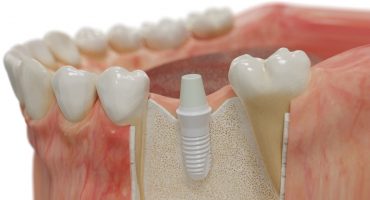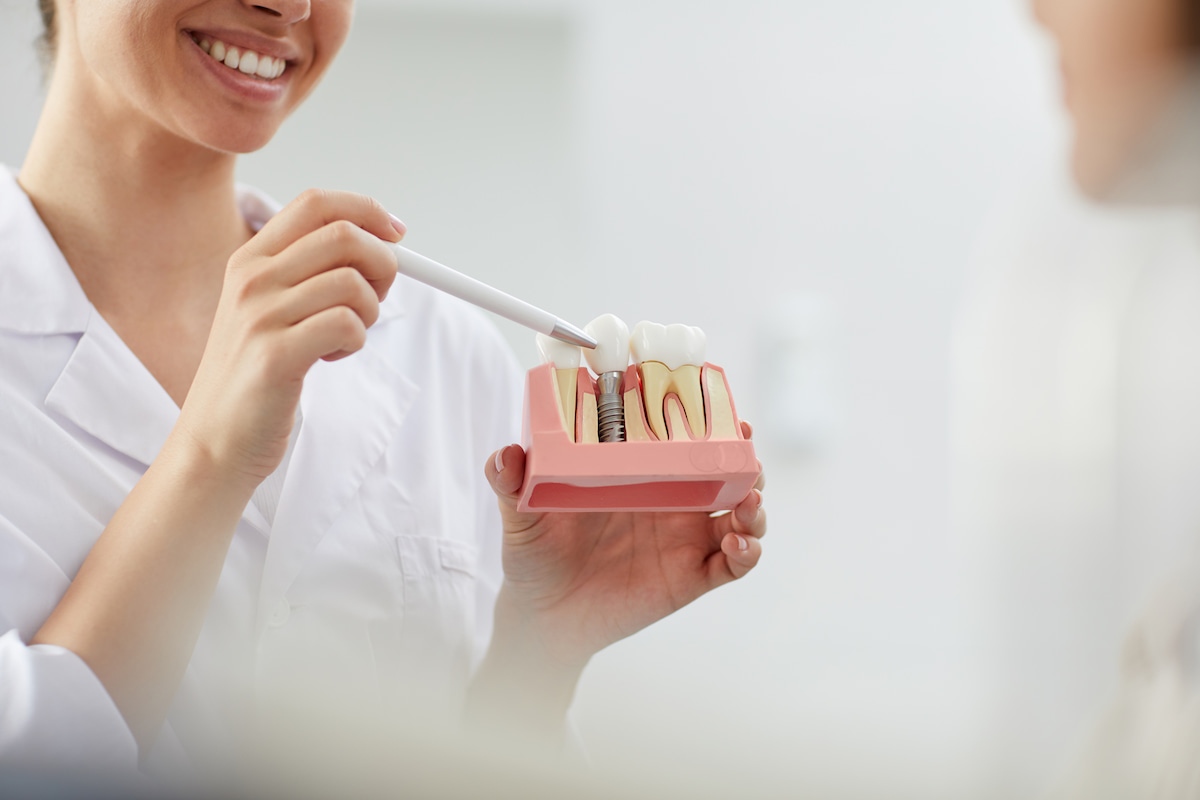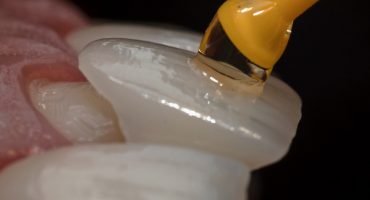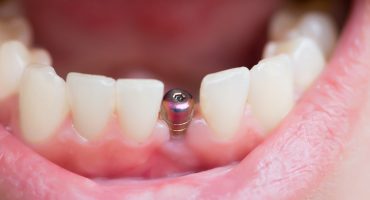Implant supported superstructure in dental medicine means implant abutment and usually refers to the tooth crown on a dental implant.
What is a superstructure?
It is made of titanium and provided with an internal and external thread artificial tooth root which closes smaller gaps in the patient's jaw. If it has grown into the jaw after several months, the treating dentist attaches a superstructure (abutment) to the metal implant with cement or using the screw technique. If perfectly implanted in the jaw bone, dental implants are just as stable as healthy natural teeth.
In addition, you can still attach a bridge or a removable denture on them. The Connecting part between the implant body and the implant crown is called implant post. The same applies to the superstructure, which applies to implants in general: The patient should take control of the appointments with his dentist and clean his teeth well. The dentist checks the fit of the dental implants and removes the screw-retained abutments to clean them.
When do you use a superstructure?
Implants and their abutments
- replace single lost teeth.
- extend too short rows of teeth.
- prevent the abrasion of healthy teeth.
- can help to prevent removable artificial dentures at the patient's request.
- serve as a support pillar for prostheses when the patient has only a few or no own teeth left.
In certain cases, the implantology specialist (in this case the right person to contact) advises against getting a dental implant with a superstructure set up. This is the case, for example, when the person suffers from certain diseases such as
- a strong tendency to bleeding,
- a severe cardiovascular disease,
- vitreous bone disease (osteogenesis imperfecta),
- end-stage cirrhosis of the liver or
- rheumatoid arthritis (joint inflammation)
In addition, the implants are not suitable for placing dental crowns if the patient has just implanted an artificial heart valve or has had a bypass. A bypass bypasses clogged blood vessels of the heart.
How to fix a superstructure
After healing the implant in the jaw, the dentist has to open the now overgrown gum with a tiny cut. He takes a print that serves the dental laboratory as a template for the fabrication of the superstructure. He then places a healing cap on the exposed upper implant part. He keeps the gum open and forms it according to the later crown.
About 14 days later, the attending implantology specialist removes the healing cap and secures the superstructure on the artificial tooth. It consists of an implant crown with a screw inside, which fits exactly to the internal thread of the implant. Then the dentist screws the structure with the dental implant. For this he uses a special wrench. Another possibility is the cement structure. Depending on the application, he uses temporary or permanent dental cement.
For larger gaps in the teeth (two or more missing teeth), the superstructure is usually a bridge permanently fixed to two implants (abutment teeth). The question of which procedure is more advantageous for the patient can not be answered in a general way: screwed connections can be removed or loosened by themselves over the years. Cemented structures are usually destroyed during removal. However, they are easier to clean than screw-retained abutments and are more cost-effective.
The dentist usually cements simpler superstructures (individual tooth crowns). He usually screws in care-intensive and complex abutments. The same applies to bridges attached to dental implants. In certain cases, it is necessary to incorporate a so-called under mesial construction under the superstructure. Such a web of metal, for example, is always required when several dental implants are next to each other in the jaw and a prosthesis must be mounted as a superstructure on it.
Advantages and disadvantages of superstructures
Implant crowns offer many advantages. For example, they ensure that the dentist does not have to grind down healthy teeth, as is the case when setting up a normal dental crown, for example. Prostheses are stronger on them than normal teeth. This is especially the case with an unfavorable oral situation. If the patient wears a dental implant, the jawbone does not reform at this point.
Costs of the superstructure
Dental implants and their abutments are not part of the standard benefit of the statutory health insurance companies. However, patients receive a fixed cost subsidy in the amount of the standard care. It is higher if they can present a regular bonus book. The rest the person has to pay themselves.
The services required for attaching the implant and its superstructure (anesthetic injection, x-rays) are billed by the statutory health insurance companies as part of the standard care. This is true even if the patient can have a different type of denture made (no standard care).
For implant bridges, statutory health insurance covers more than 50 percent of the costs incurred if it is a similar and / or standard care. If more than 50 percent of the costs are not covered, the patient must pay the costs.
In a toothless jaw, which has already receded, supra-constructions belong to the standard care (exceptional situation). In order not to invest too much inadvertently, the patient should make a price comparison before making implants and abutments.
Weitere Beiträge

Ceramic implant
For those who want a metal-free restoration or are intolerant to titanium implants, ceramic implants are an excellent alternative. This material is also prized for its bright, tooth-like color, thanks to the dark shimmering metal edges in the anterior region.



